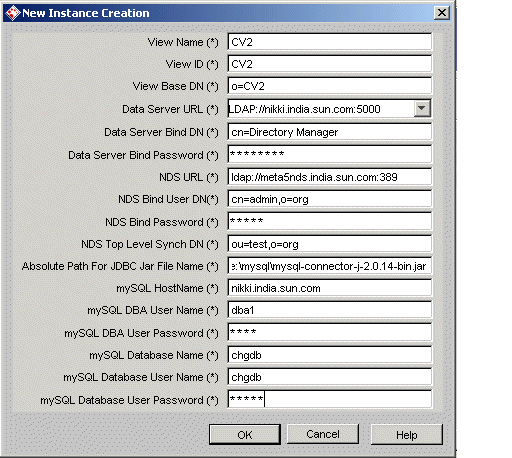

- NOVELL FILR NAMED SQL INSTANCE HOW TO
- NOVELL FILR NAMED SQL INSTANCE SERIES
- NOVELL FILR NAMED SQL INSTANCE WINDOWS
We recommend a different account for each type of service (SQL Server, SQL Agent, SSRS, etc.) as well as per server. There are many ways to check this, but the easiest is using the fsutil command from an administrative command prompt.įor a variety of reasons, such as providing least privileged access to domain resources as well as managing security on the local system, it is best to use a domain-based service account rather than the default built-in accounts for SQL Server.

We recommend 64K as a starting point best practice, but in some cases even larger is better. Because of the way SQL Server I/O works, a larger block size is best.
NOVELL FILR NAMED SQL INSTANCE WINDOWS
The default allocation unit size for Windows volumes is 4K.

In addition to spreading the I/O across multiple disks/controllers, take care how you format the volumes. Windows multi-threads and caches I/O at the controller level, so multiple drives on multiple controllers is still important for optimal performance. Starting with the disk controller(s) at the OS level. But, there is an entire storage path that the I/O travels to get there. After all, the I/O is spread across all those disks anyway, right? Yes, that’s true at the physical storage level (the SAN). Many in the industry think it no longer matters how we layout the data files. However, over the years storage area networks (SANs) have become more sophisticated, with volumes spread across disk pools containing hundreds of disks, tiering, virtualized storage, and so forth. So we all did things like spreading data files across as many spindles as possible, separating indexes from data, and putting log files on storage optimized for sequential writes. Splitting this across multiple volumes meant different physical disks/spindles. We gave a lot of thought into where to store the data files (in multiple filegroups), log files and backups. Years ago, it was standard practice for the DBA to be involved in storage design and configuration. This is one of the many reasons we recommend you put your SQL Servers in their own organizational unit. Don’t forget to include the BIOS/UEFI and virtualization layer host operating system if applicable.Īlso note that many times this is a setting controlled by Active Directory Group Policy and you may need to override it for your SQL Servers. Set the Power Plan to High on all SQL Server environments. But it does not work well for production SQL Server and can result in multiple types of CPU-related performance issues. The default Windows Power Plan in most environments is Balanced. This post focuses on the Windows operating system and key configuration items that often get missed, which impairs performance.

What we’ve learned from top offenders should be interesting and useful for our audience.
NOVELL FILR NAMED SQL INSTANCE SERIES
This is an opportunity for us to share our knowledge in a series of blog posts. Not surprisingly, we see many of the same issues in almost every environment.
NOVELL FILR NAMED SQL INSTANCE HOW TO
With this post, we show you how to configure Windows for better SQL Server performance. Based on that experience, we’re starting a series of posts to help you avoid pitfalls we often encounter. In that time, we’ve done more than 100 Health Checks on customer systems. I founded SQL Solutions Group 10 years ago (October 2010).


 0 kommentar(er)
0 kommentar(er)
